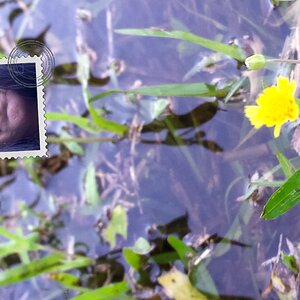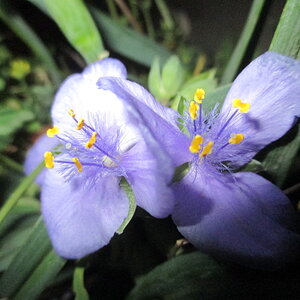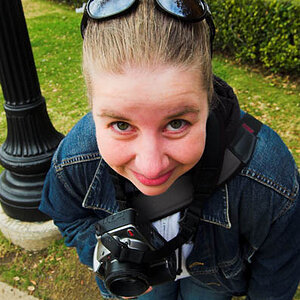iolair
No longer a newbie, moving up!

Gypsophila Macro by Neil Gratton, on Flickr
One of my first macro attempts with anything other than a simple macro lens ... using a Chinon 28mm 2.8 reversed onto a Jupiter 11A 135mm 3.5, on a Pentax Q10.
I'm looking forward to trying this with some bugs (as long as they're immobile ones - it takes a while to get the focus right! Dead woodlice turn up in my house periodically, so one of them can pose for me!)
Last edited:



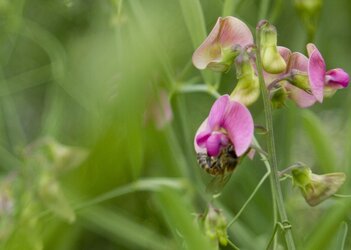
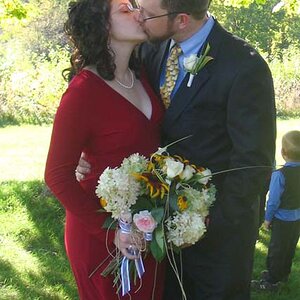
![[No title]](/data/xfmg/thumbnail/33/33876-69ae4c2723e06d63117dc3b1b6629647.jpg?1619736182)
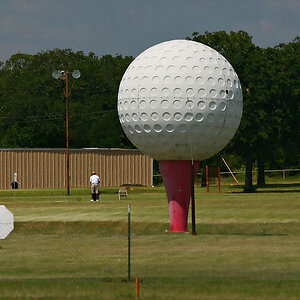
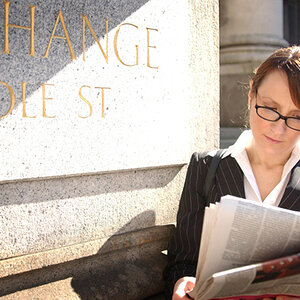
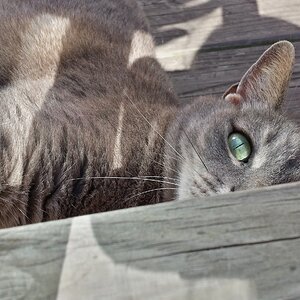
![[No title]](/data/xfmg/thumbnail/31/31979-ea92aca54ae865842d998c9cec534991.jpg?1619735137)
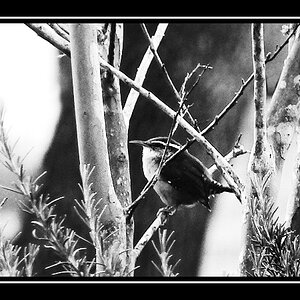
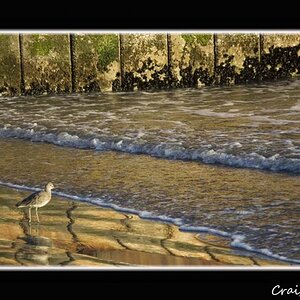
![[No title]](/data/xfmg/thumbnail/31/31980-e5048a424621c7b3cd0d306d63c09d67.jpg?1619735137)
